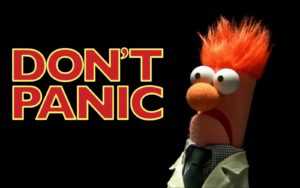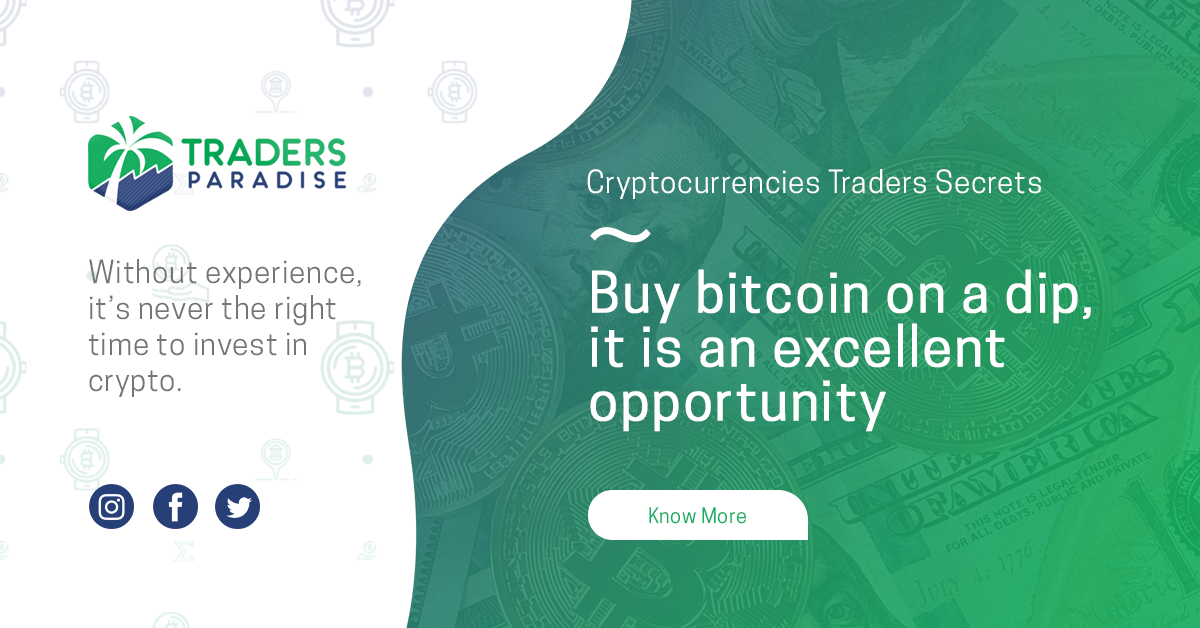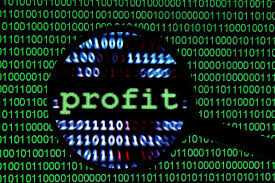1 min read
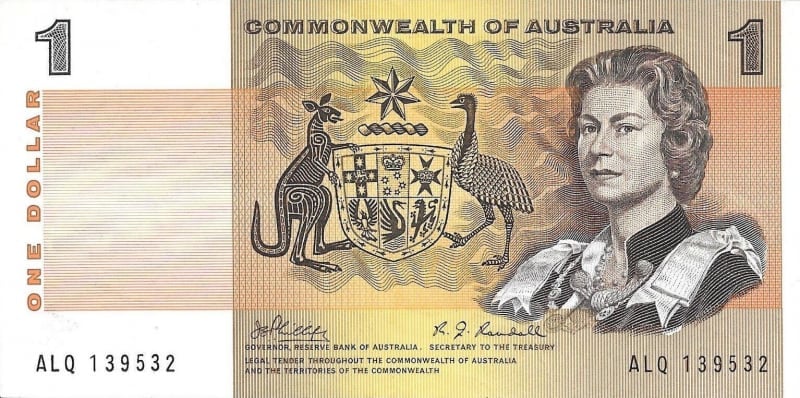
One of the most read online publications brings the news that the Australian government has made big cash payments illegal.
The right question is, is it just giving a free boost to cryptocurrencies such as the Bitcoin?
Or attempt to neutralize the gray economy?
”From July 1, 2019, any business transaction over $10,000 has to be done using electronic payments. Handing over a hundred $100 notes or more will be illegal, as the government tries to flush out tax avoiders, drug dealers and the rest of the underground economy. Bitcoiners and other cryptocurrency fans predicted this, and the government is playing into their greedy little hands.” wrote the mentioned publication.
The most intriguing question is why the Australian government made such a decision.
The Australian government is quite progressive with blockchain.
They’ve given a grant to power edger. Australia Post is working with Alibaba and the stock exchange is moving to the blockchain. They are trying to reduce the gray economy and know they’ll have more success with blockchain.
At first look, everything is screaming of free will and giving out of control. I think I understand their reasons.
But, is this the right move?
Do they (the governments) realize that they are providing more room for the cryptos?
I don’t think so. Luckily!
Neutralize the gray economy?
Well, truth is that cash is used for drugs and money laundering, so at first glance, you may think that you can sort of see their point.
But if you think a drug cartel can’t find a way around, you are fooling yourselves. That’s why this isn’t a way to neutralize the gray economy.
On the other hand, the Australian government clearly stated that they want to accelerate the movement to the digital economy. Maybe the people who make the decisions want to move to digital money, but of course centralized digital money.
Governments can ban crypto in the same way, unless they’ll be able to track payments.
In most of the countries of the EU, this is already an unofficial law.
This is kind of dumb because you are forced to have your pockets filled with heavy metal coins. You can find the laws or regulations of cash limitation in Greece, Portugal, Germany, Italy…
And what they are doing is banning the free will actually! All of them!
You would like to read about banning Bitcoin in India
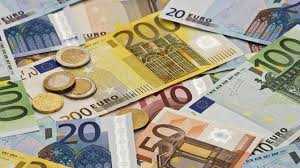 Cash is money outside of government control. Prohibition of cash will only divert more funds into crypto, outside of fiat system. And this is the reality with which governments will face very quickly. It’s scary that these countries limiting cash payments, and that people are not more concerned, one might say. Many people are still stuck in their old ways and refuse to see the answer. The only possibility is to continue with education. People should know that regulation will help popular acceptance of cryptocurrencies, however, you can only regulate the gateway between fiat and crypto.
Cash is money outside of government control. Prohibition of cash will only divert more funds into crypto, outside of fiat system. And this is the reality with which governments will face very quickly. It’s scary that these countries limiting cash payments, and that people are not more concerned, one might say. Many people are still stuck in their old ways and refuse to see the answer. The only possibility is to continue with education. People should know that regulation will help popular acceptance of cryptocurrencies, however, you can only regulate the gateway between fiat and crypto.
That’s why this regulation and cash ban is bonkers.
Why issue bills and then say it’s illegal to use them in large amounts? Slowly but surely governments are edging towards a cashless society. And that is an opportunity for cryptos. People will realize that Bitcoin or some other cryptocurrency can be used for everyday transactions.
 Cryptocurrencies’ time is coming, that’s for sure!
Cryptocurrencies’ time is coming, that’s for sure!
But some people have this point of view: Bitcoin/crypto is a government’s dream. They want to force everyone to eventually use it so your payments can be totally tracked.
This applies only to those who are not familiar with blockchain technology.
Blockchain technology created the backbone of a new type of internet by allowing digital information to be distributed but not copied. The blockchain database isn’t stored in any single location. No centralized version of this information exists. Hosted by millions of computers simultaneously.
Yeah, it’s kinda tricky!
You can track 3 or 5 or 15 accounts but track billions are impossible.
You MUST read Why you shouldn’t invest in bitcoin under any circumstances



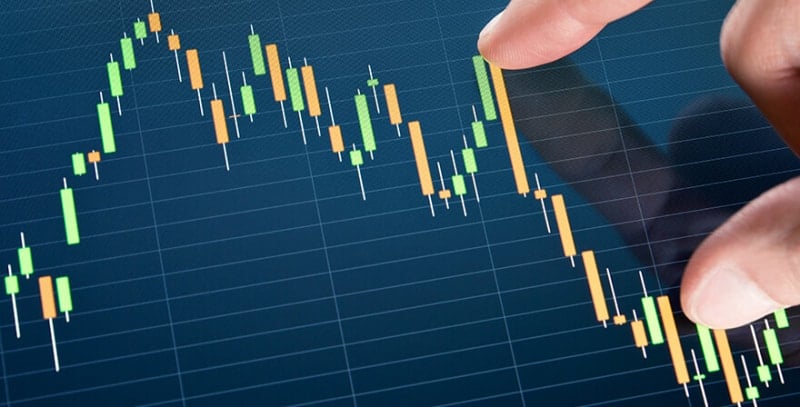 Should you buy or trade crypto? Before you make a decision it is important to consider the differences between these two strategies in detail.
Should you buy or trade crypto? Before you make a decision it is important to consider the differences between these two strategies in detail.
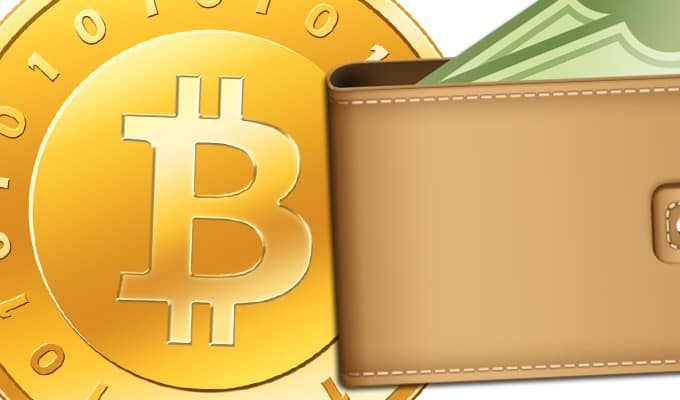
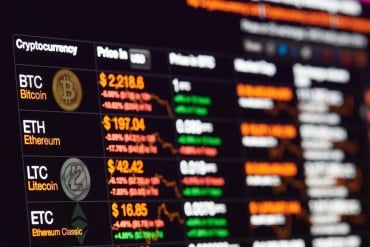
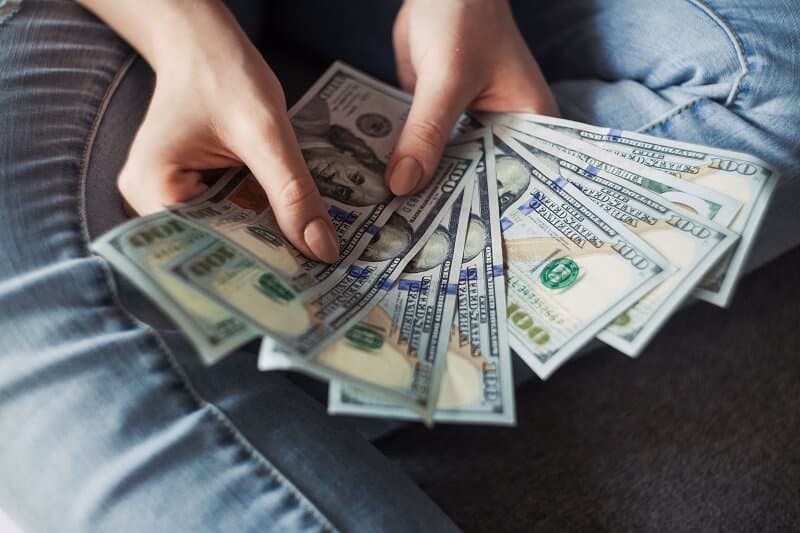









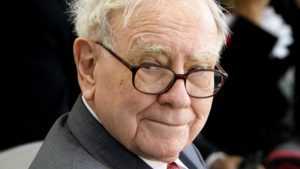


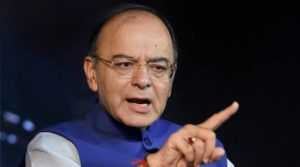

 In India, if we talk about Bitcoins, there is a no such law which prohibits the bitcoin mining
In India, if we talk about Bitcoins, there is a no such law which prohibits the bitcoin mining

